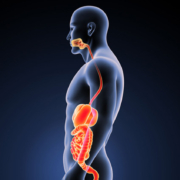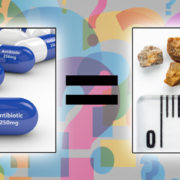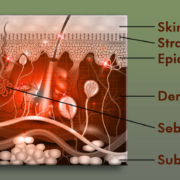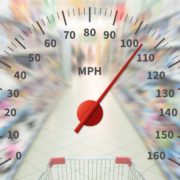Artificial Sweeteners and Your Digestive System
Before I address the concerns of the study on artificial sweeteners I talked about on Tuesday, be assured that I’m bringing you the facts as I interpret them. If you don’t use artificial sweeteners, I’m not trying to convert you, but I’m not going to let slide inflammatory headlines that only seek to raise fear where none should exist. The problem with the artificial sweeteners study is that it didn’t use a systems approach.
Bench Science
What the researchers did would be considered bench science. It’s basic in its approach: create a medium where the bacteria will grow, throw in various quantities of the artificial sweeteners, and see what happens. That’s a good first step in any type of research to see an impact on an entire organism. The same is true for examining the effect of the artificial sweeteners on the bacteria in the cancer cell medium. They established that chronic exposure to artificial sweeteners cause two probiotics to become pathogenic.
However, that’s where it ends. Trying to explain an increase in the obesity and diabetic epidemics because of how artificial sweeteners may impact a couple of gut bacteria doesn’t make any sense. It’s stretching things way too far with no evidence that what they’re describing happens at all. In effect, they’re trying to explain a health issue by looking at potential causes. Fine, good start—but now there’s a whole lot of animal and human clinical research that has to take place in order to prove whether it’s true, because what happens in a lab is often not what happens in a human.
Bench science has its place for sure, but it has serious limitations. In our headline-a-minute world, everyone is too eager to claim credit for something that hasn’t been proved.
The Digestive System
The human body is made up of various systems; the digestive system is one of them, but it doesn’t begin and end with the epithelial cells of the intestine. Food (including artificial sweetener) starts in the mouth with its salivary glands, goes down the esophagus, enters the stomach with its specialized fluids, travels the 20 to 30 feet of small intestine where more unique fluids do their jobs, and then the 10 to 15 feet of large intestine before it exits the body. The digestive system doesn’t act alone; it requires input from other organs and systems along the way: the pancreas, the liver, and so on. Every one of those could have an impact on the metabolism and elimination of artificial sweeteners and could impact how bacteria behave in the digestive system.
I could write a book on this subject, but let me just point out one thing that should be obvious: they tested two probiotic lines. Two. As of the last count, there are at least 6,500 different microbes that coexist within our digestive system. There are also trillions of them, each with a role to play, and we still don’t know what each and every one does. As I said, it’s complicated.
The Bottom Line
This study illustrates where good research begins: in bench science. There’s a lot more science that has to happen before we become alarmed about whether or not artificial sweeteners directly impact our microbiome, but their approach does raise a question that I’ll talk about next week: a systems approach to Aging with a Vengeance. We look at pain or other conditions as something that stands alone, but in reality, we may need a systems approach to deal with it.
What are you prepared to do today?
Dr. Chet
Reference: Int. J. Mol. Sci. 2021, 22, 5228. https://doi.org/10.3390/ ijms22105228









